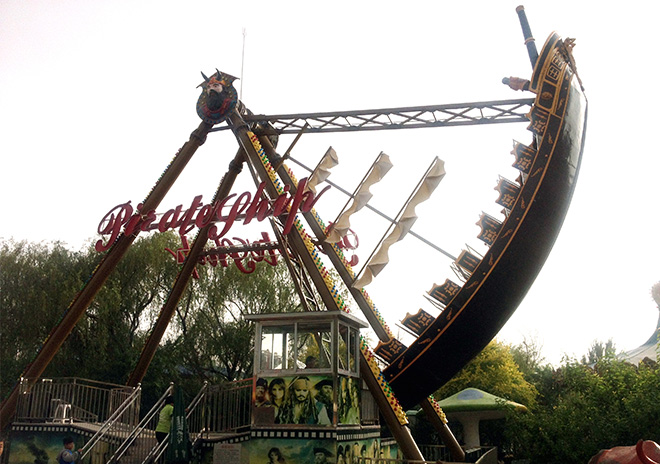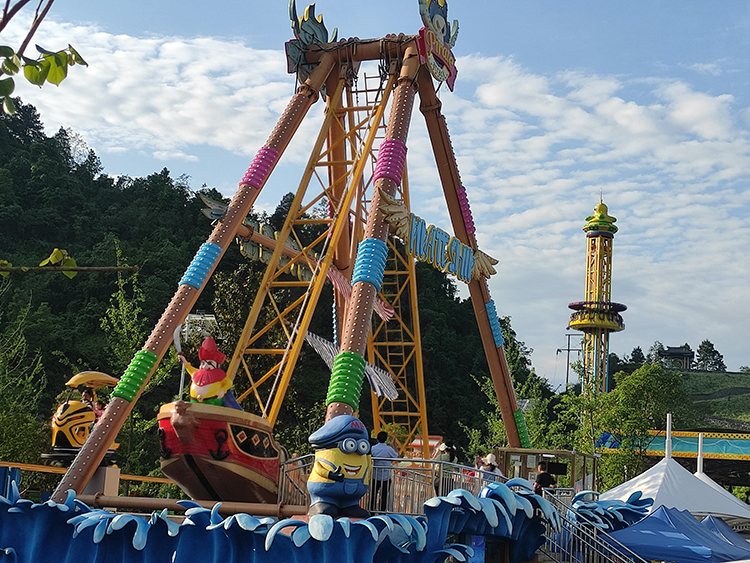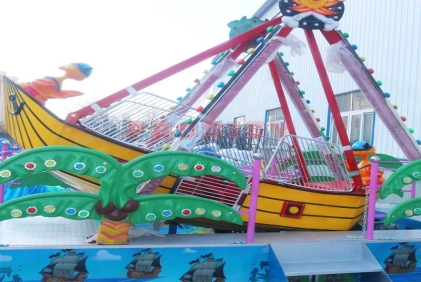







Discover the Safe Columbus Ship: A Wonderful Journey to Interact History, Size and Harbor
| PRODUCT PARAMETERS | |
| Height: | Can be customized |
| Land occupation: | Can be customized |
| Number of people: | Can be customized |
| Power: | Can be customized |
| Power Supply: | 380V |
| Application scope: | Amusement park, theme park, playground, square, farm, scenic area, indoor, shopping mall |
Among amusement parks around the world, there is a popular amusement equipment-SafetyColumbus Ship. It is inspired by the legendary sailing experience of the famous navigator Columbus, bringing tourists an exciting and safe recreation experience. Before we dive into this amusement device, let’s go into the real world of sailing in Columbus and explore those little-known stories.
The navigator Columbus was depressed. Is his four violent and plundering voyages worth it?
Christopher Columbus, the navigator who left a strong mark in history, has been full of controversy throughout his life. Columbus conducted four sailing expeditions across the Atlantic Ocean, opening up the colonial era of Europe against America.
His first voyage set out from the port of Palos, Spain on August 3, 1492, and led three ships on an unknown journey. When he first set foot on the American continent, he saw a land full of vitality and resources, and the local Aboriginal people were welcoming and hospitality. Over time, Columbus' behavior gradually changed. He and his crew began to violently plunder the Aboriginal people, robbing their resources such as gold, spices, and more. This violence and plundering became increasingly fierce during the subsequent voyages.
From a European perspective, Columbus's sailing seemed to bring great benefits. European countries began to establish colonies in the Americas, and a large amount of wealth continued to flow into Europe, promoting Europe's economic development and the rise of capitalism. Spain accumulated huge wealth by mining gold and silver mines in the Americas, becoming one of the most powerful countries in Europe at that time.

But from the perspective of Native Americans, this is a huge disaster. Their land was occupied, their resources were plundered, and their populations were drastically reduced due to disease and violent massacres. It is estimated that in just a few centuries after Columbus arrived in the Americas, the population of Native Americans decreased by more than 90%. During his voyage, Columbus treated the Aboriginal people with extremely bad attitudes. He regarded them as slaves who could do whatever they could, forcing them to work for themselves.
Is Columbus' four voyages worth it? This is a question that is difficult to give a simple answer. From a macro perspective of historical development, Columbus' navigation has indeed broken the isolation of the world and promoted the exchange of global species and the integration of culture. Crops such as corn and potatoes from the Americas were introduced to Europe, solving the food problems in some parts of Europe; while domestic animals such as horses and cattle from Europe were also introduced to the Americas, changing the lifestyle of Native Americans.

This progress comes at the expense of the great sacrifices of Native Americans. On a moral level, Columbus' violence and plundering are unforgivable. His actions reflected the greed and cruelty of European colonists at that time, and brought long-term pain and disaster to the American continent. Perhaps, in his later years, Columbus also realized the consequences of his actions and felt depressed and regretful. After returning from his fourth voyage, he suffered heavy physical and mental damage and eventually passed away in loneliness and depression.
How big is the ship departing in Columbus?
The ships he led played a crucial role in the success of Columbus's maritime expedition. How big was the ship Columbus was on when he sailed?
During his first voyage, Columbus led three ships, namely the "Santa Maria", the "Pingta" and the "Ninia". The "Santa Maria" is the flagship and the largest of the three ships.
The length of the "Santa Maria" is about 23 meters, the width is about 7 meters, and the displacement is about 100 tons. Although this was not a big ship by modern ship standards, it was already a relatively advanced nautical ship at that time. The hull of the "Santa Maria" has a strong hull structure and adopts the popular three-masted sailboat design at the time. Its main mast is hung with square sails, which can better utilize wind power and can sail quickly when facing the wind; while the foremast and rear mast are hung with spinnakers, which can adjust direction more flexibly when facing upwind or crosswind.
The Pingta and the Ninia are relatively small. They are about 18-20 meters in length, about 6 meters in width, and have a displacement of about 50-60 tons. The two ships are more flexible and lightweight, allowing better reconnaissance and exploration during navigation. They also adopt the design of a three-masted sailboat, but the sail configuration is slightly different from the "Santa Maria" to meet different navigation needs.
Although these ships are not huge in size, they are equipped with advanced nautical equipment of the time. They were equipped with compass, which allowed the crew to accurately determine the direction in the vast ocean.



















